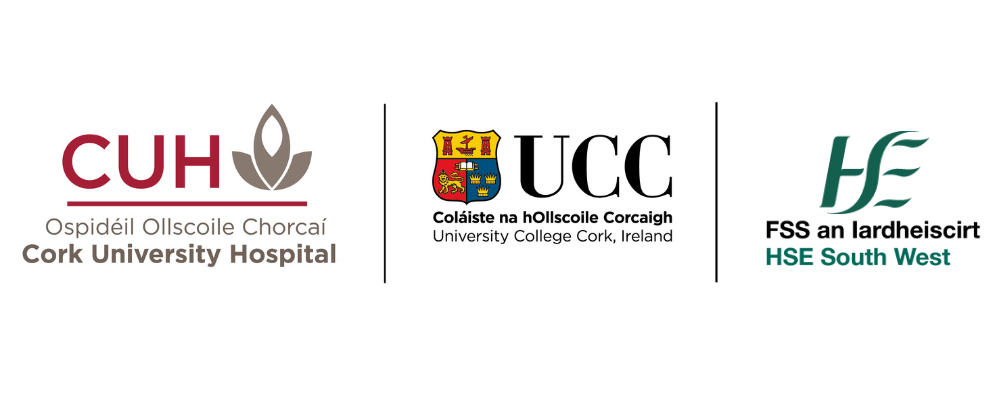Water Conservation
Clean water is an essential resource for hospitals. It is used in multiple locations (e.g. wards, canteens, toilets) for many different functions (e.g. dialysis, drinking, cleaning). In a hospital environment, water may not reach its intended tap, toilet or shower due to leaks. As water is an expensive resource, ensuring a healthcare facility carefully monitors its’ use is instrumental from both a financial and environmental perspective. Monitoring water usage on a regular basis is an essential element of good water management.
Remember: A tap dripping once a second wastes approx. 10m3 (or 10,000 litres) of water a year!
Did You Know?
CUH consumes around 180 million litres of water every year. Significant reductions in water consumption have been achieved by CUH in recent years through the detection and repair of leaks across the campus.
Continuous monitoring of water consumption has allowed further savings to be identified. The Estates Department and Maintenance Department supervise regular auditing of water infrastructure across the campus.
There is an onus on staff and students to ensure appropriate water usage. There is also a requirement of staff and service users to report leaks, dripping taps or running toilets to the Maintenance Department. This can be done by submitting a request through the Maintenance Request System via the CUH Staff Directory.
While every hospital is different in terms of size, services and onsite activity, benchmarking is a useful tool for comparing a facility’s operation to others in the same sector, or comparing current performance with that of another period. For water use, benchmarking involves comparing a hospital’s annual water use with the number of patient bed-days provided by the hospital. Patient bed-days are a standard indicator of service activity used for benchmarking in the healthcare sector.
We are now benchmarking our water consumption based on the number of patient bed days we use each year. Chart 1 demonstrates how CUH has been performing since 2016
The table below demonstrates the total water consumption across the campus for the period 2016-2018. The increase in water volume in 2017 was due to a leak in the system which was addressed in December 2017. Water consumption has been reduced in 2018 due to leak repairs and water monitoring across the campus.
